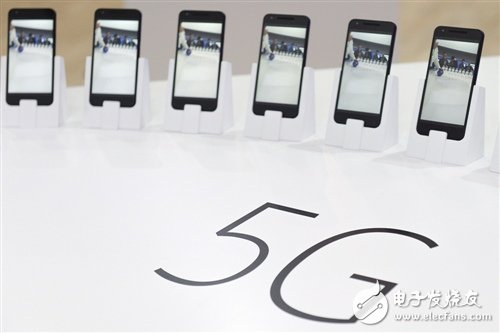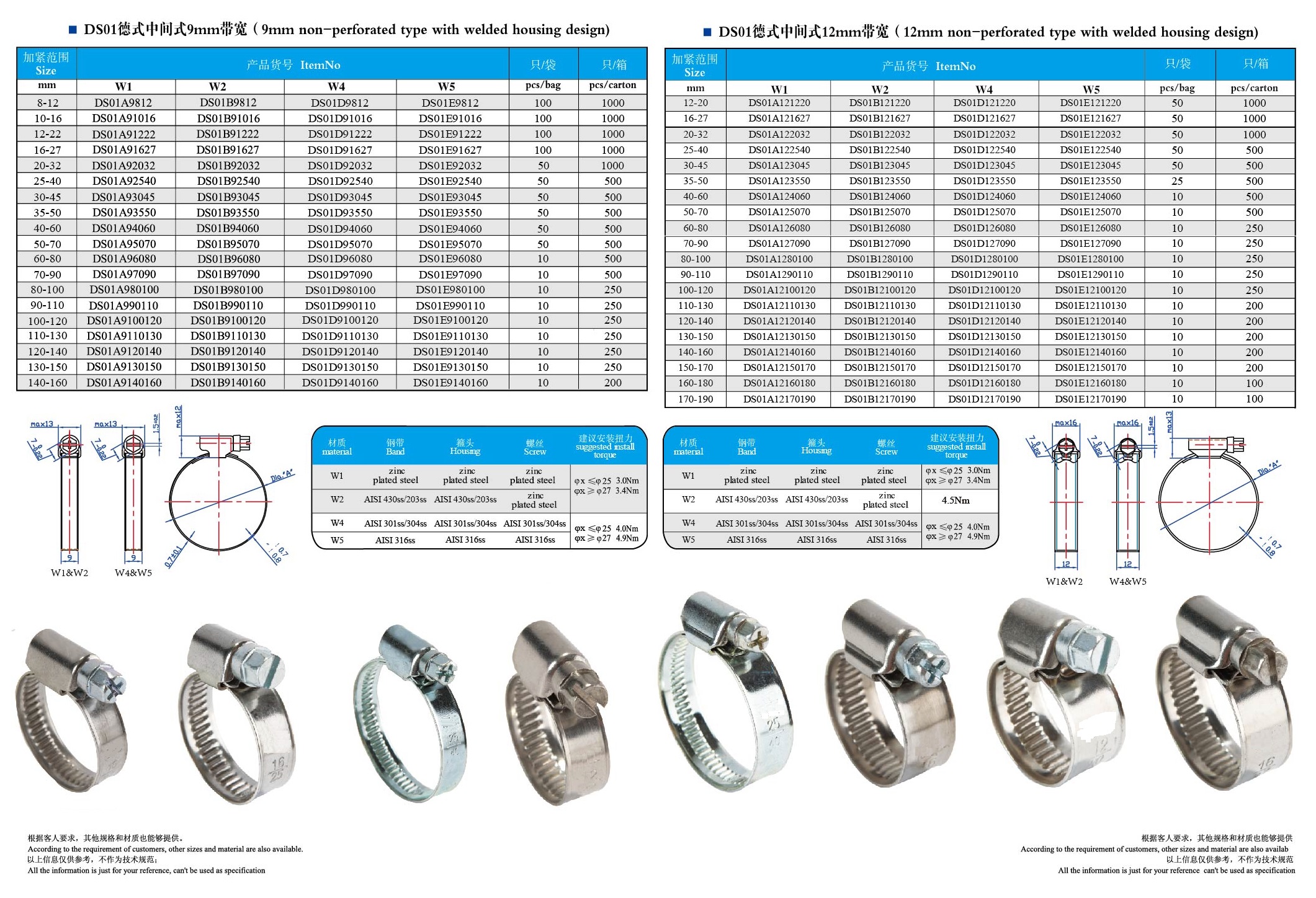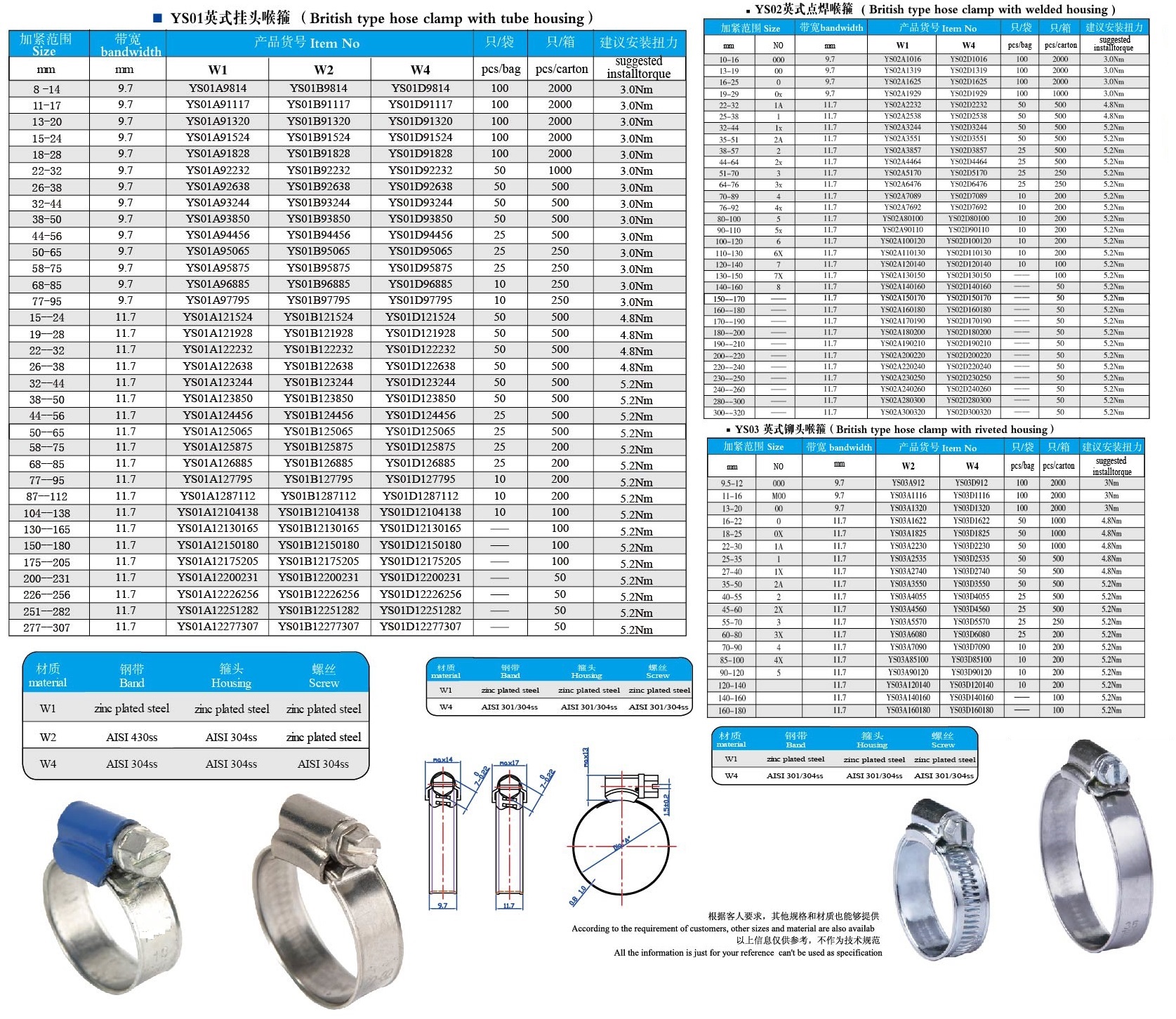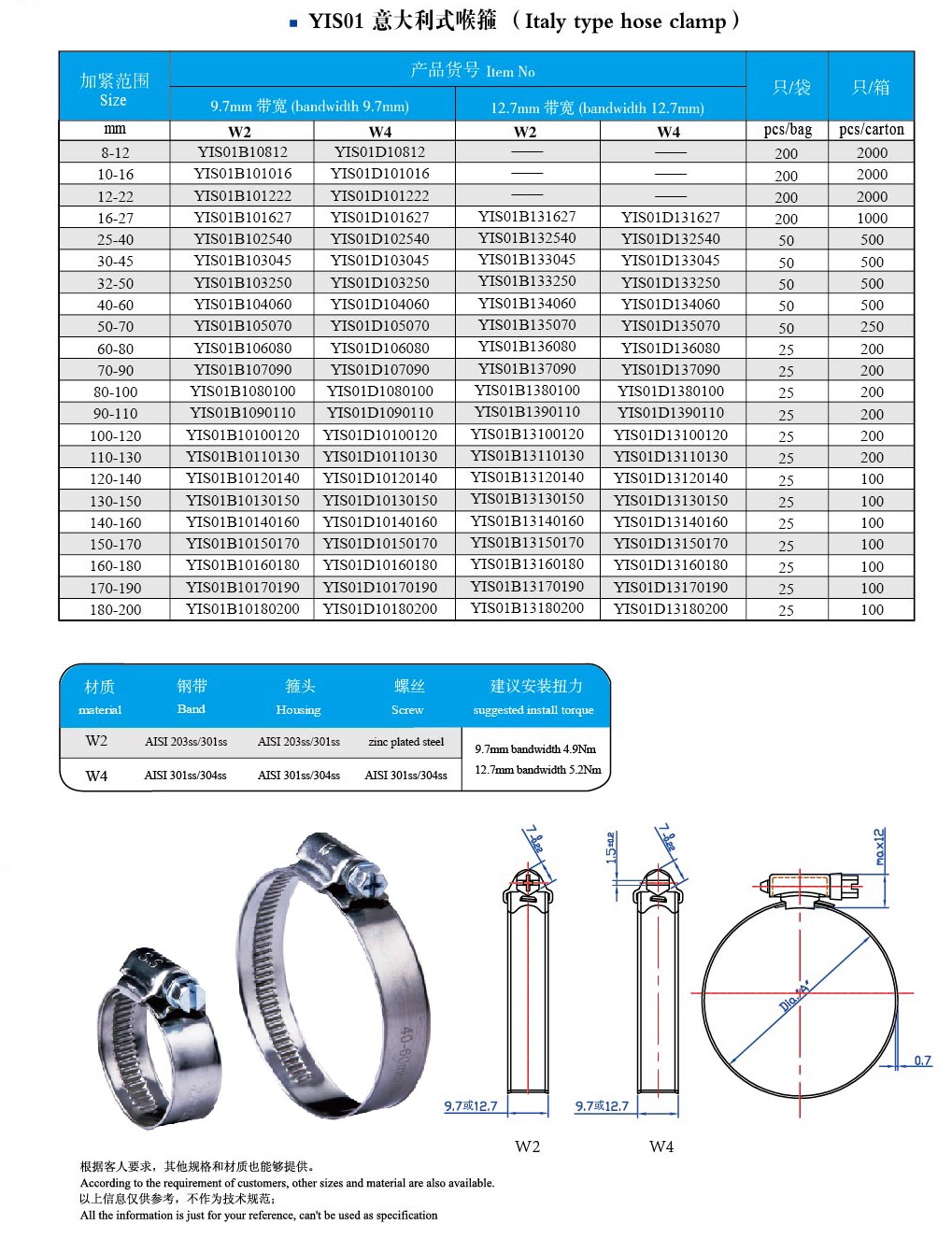Guide
In 2016, the first year of the 5G standard, and the coexistence of multiple standards in the 3G and 4G eras, 5G is expected to achieve global standards. However, the current standard setting requires the identification of two key issues of low frequency and high frequency, mobile broadband and standard work priorities for IoT applications. With the rapid rise of Chinese communications companies and the huge user scale and market potential, China will play a more important role in the 5G era.
Accelerating the development of 5G has become the strategic consensus of the international community, and many countries have announced commercial timetables. Standard research on 5G technology has begun. Unlike 4G and its previous communication technologies, the 5G era is expected to form a globally unified standard.
From May 31st to June 1st, China's IMT-2020 (5G) promotion team cooperated with EU 5G PPP, Korea 5G Forum, Japan 5GMF and US 5G Americas to co-host the first global 5G conference, and the establishment of 5G global unified standards is an important issue. .
With the rapid rise of Chinese communications companies and the huge user scale and market potential, China will play a more important role in the 5G era. At the above-mentioned meeting, Miao Wei, Minister of the Ministry of Industry and Information Technology of China, proposed to actively promote the formation of a globally unified 5G international standard under the framework of international standards organizations such as ITU and 3GPP.

The global unified standard has become a consensus
5G, the fifth generation mobile communication technology, is the latest generation communication technology that is being researched after 4G. 5G will greatly increase the user's Internet speed, and exhibits obvious low latency, high reliability, and low power consumption in data transmission.
In 2015, the ITU (International Telecommunication Union) set the goal of global 5G development, and the standard research process will also accelerate. In 2016, it will become the first year of the 5G standard. Unlike the coexistence of multiple standards in the 3G and 4G eras, 5G is expected to achieve global standards.
Cao Shumin, head of the IMT-2020 (5G) promotion group and dean of the China Institute of Information and Communications, pointed out at the meeting that the development of a global unified 5G standard has become the consensus of the industry, and the promotion group will work closely with international industrial forces in the ITU and 3GPP frameworks. Next, simultaneously conduct research on global unified 5G technology standards for mobile Internet and IoT applications.
Cooperation between countries is also intensifying. The 5G promotion organizations of China, Europe, Japan and South Korea signed a memorandum of cooperation last year to ensure that the global 5G summit will be held every six months, and the first meeting will be held on May 31. In addition, bilateral and multilateral cooperation is also in progress.
Regarding how to strengthen global cooperation and build a globally unified 5G standard, Japan's 5GMF chairman SATOH said that the global unified frequency band is very important and one of the most efficient ways to promote 5G development. Japan hopes to further strengthen and other 5G organizations around the world. Cooperation in terms of aspects.
South Korea's 5G Forum Executive Chairman Youngnam Han said that South Korea and China and the European Union are carrying out joint research projects. In 2018, when they held the PyeongChang Winter Olympics in South Korea, they hoped to launch a 5G test system. Japan also said that in preparation for the 2020 Tokyo Olympics, 5G commercial wireless networks will be launched by 2020. China's 5G network will also be the first to land in Zhangjiakou, Beijing, serving the 2022 Winter Olympics.
Wei Kai, deputy director of China Mobile and Big Data Research Department, told the 21st Century Business Herald that due to the high global attention of large-scale events and the high degree of media exposure, the application of new technologies can attract more attention, and the hot events themselves are new technologies. It is also an inspection. In addition, the initial trial of new technologies requires a large amount of investment, and large-scale events have a budget for investment. Therefore, many countries choose to conduct 5G trials during the Olympic period.
Band application problem needs to be solved
However, the current standard setting requires the identification of two key issues of low frequency and high frequency, mobile broadband and standard work priorities for IoT applications.
According to Chris Pearson, chairman of 5G Americas, countries in the frequency band are faced with the choice of high frequency or low frequency. This is a contradiction between speed and coverage. It is bounded by 6GHz. The high frequency has ultra-high transmission rate but poor coverage. The low frequency can meet most needs but the spectrum resources are limited.
Cao Shumin said that China's R&D test will first deploy a low frequency band and determine to use this frequency band for spectrum testing to deploy 5G. 5GPPP Chairman Werner Mohr said that Europe's choice is also below 6GHz.
Kohei SATOH said that some of its members are interested in enhanced mobile broadband and feel that there should be higher bandwidth, so this spectrum above 6 GHz is very important for 5G systems.
Wang Xiaoyun, vice chairman of China's IMT-2020 (5G) promotion group, said that for spectrum below 6GHz, it can be used in some seamless, wide coverage areas or large-scale connection. It is recommended that the C-band be used as the core frequency band below 6 GHz. Now the spectrum of 3.5 GHz has been approved in China and testing will begin soon.
For research on high frequencies above 6 GHz, Wang Xiaoyun believes that it is also very important because bandwidth can be used to provide some high-capacity services. If the world has a common frequency band, it can better achieve mutual roaming.
The difficulty of compatibility on the application is another issue. The ITU5G vision proposes three types of application scenarios: one is to enhance mobile broadband; the other is extensive machine communication; and the third is ultra-reliable low-latency communication.
Werner Mohr said it is very challenging to meet these requirements at the same time. Different users, scenarios and spectrum are unlikely to solve problems with a single system, so a 5G system should be a highly flexible system.
Youngnam Han also believes that the application difference is very large, data rates from low to high, low-end requirements to high-end requirements. It is recommended to divide the different applications into several different parts and then calculate how to meet different needs in each part.
Wang Xiaoyun said that a unified framework should be developed covering all technical parameters, and operators can select and configure these parameters according to their needs. Therefore, there is a need for uniform standards, but flexibility is required.
China’s voice is greater in the 5G era
The first 5G global conference was held in China. Does this mean that China will play a more important role in the development of 5G?
Wang Zhiqin, vice chairman of China's IMT-2020 (5G) promotion group, told 21st Century Business Herald that China's voice in the construction of mobile communication standards is growing, and China will play a more important role in the development of 5G. character of.
Cao Shumin said that China's IMT-2020 (5G) promotion group has released four white papers, including 5G vision and needs, 5G concept, 5G wireless technology architecture and 5G network technology architecture, and will also be on June 1st. Publish a new white paper, 5G network architecture design. With the support of China's 863 Program and the National Science and Technology Major Project for 5G, China has completed the research on overall technology, network architecture and spectrum since 2014.
Behind the improvement of the right to speak, China's Huawei, ZTE and other manufacturers have already made a large amount of reserves in the 5G patent field. The industry generally believes that this is expected to make China's leading 5G technology standards become international standards, which is conducive to the overall development of China's 5G industry in the future.
Huawei Wireless CTO Tong Wen said at the conference that Huawei has done a lot of technical trials in the past two years. From 2017 to the end of 2018, Huawei is looking forward to pre-commercial testing based on standards with its partners. Xiang Jingying, the chief scientist of ZTE’s participation, also said that ZTE has invested 200 million yuan in research and development of 5G. At present, there are more than 2,000 employees responsible for 5G research worldwide.
More importantly, China has a scale of users that other countries cannot match.
The data shows that China has built the world's largest 4G network, the number of base stations exceeds 2 million, the number of users has exceeded 500 million, and the number of Internet and mobile Internet users in the world has become the world's largest electronic information product production. The base and the most growing information consumer market have nurtured a number of internationally competitive companies. At the end of 2015, China already had 688 million netizens, and the penetration rate of netizens reached 50.3%. The annual mobile Internet access traffic exceeded 4 million T, an increase of 103%.
Miao Wei, Minister of the Ministry of Industry and Information Technology, said that nearly half of China's population has not become a netizen. This has given birth to huge application needs and development potential, laying the foundation for accelerating the entry into the 5G era.
Item:Hose Clamps
Standard: British, America, Germany, Italy,T-Bolts and others
Material: Carbon steel, Stainless steel or as required
Finishing: Siler zinc coated or Yellow Zinc coated
Application: For industrial piping, agricultural irrigation, auto parts and other places for fixation.
Germany standard:

British standard:

Italy standard:

American standard:

T-bolt Clamps:


Hose Clamps
Hose Clamps,Flexible Clamps,Stainless Steel Hose Clamps,Warm Drive Clamps
HEBEI ZIFENG NEW ENERGY TECHNOLOGY CO.,LTD. , https://www.zifengpipeline.com